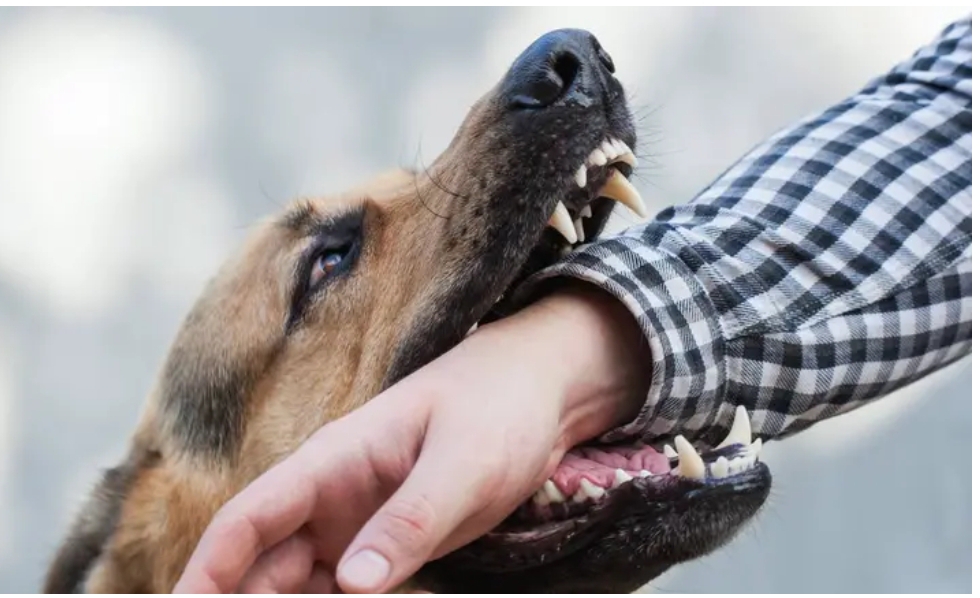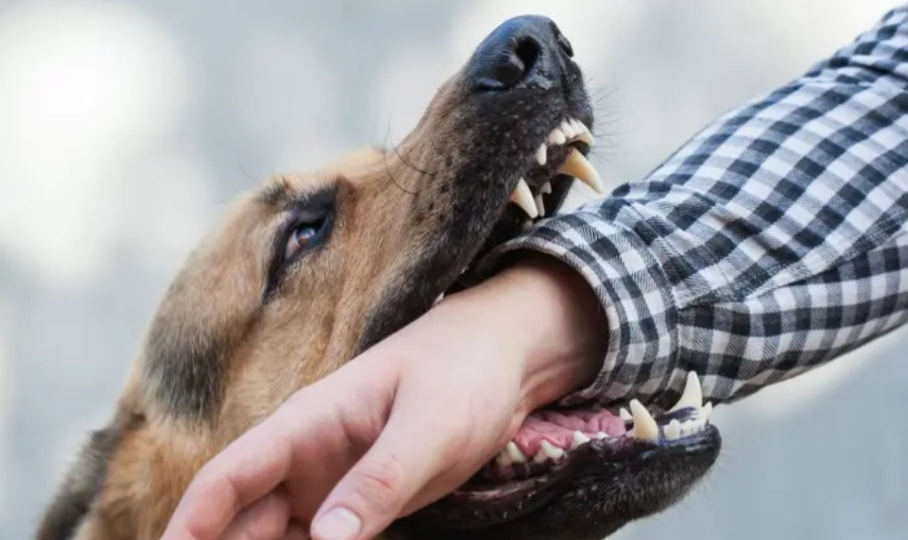
There has been talk of the XL Bully breed being banned by the government due to recent incidents in Staffordshire and Birmingham, where a man was killed and three people were attacked by XL bullies.
This has sparked concerns among people about their safety and what to do in the event of a dog attack. However, there are some things you can do to increase your chances of survival if confronted by an aggressive dog.

Bear Grylls, a British adventurer and survival expert, shared some tips with GQ. He emphasizes that any dog can be dangerous, not just XL bullies or other breeds that look intimidating. Dogs that are regularly chained up or confined are more likely to become aggressive, as are those that are feeling unwell or are protective of their food. It’s important to never tease or provoke a dog, especially if you don’t know it.
Bear advises paying attention to the dog’s body language. Growling or baring teeth are signs of aggression, while a relaxed dog will have its head either above or below its body. If the head and body are in line, the dog may be preparing to attack. It’s crucial to never make eye contact with an aggressive dog, as it may see this as a challenge. Smiling can also be interpreted as baring your teeth, so it’s best to avoid this as well.
To present less of a threat, stand sideways and slowly back away out of the dog’s line of sight. Remember that your safety is the top priority in a dog attack.
If this fails and you end up in conflict with the dog, you’ll need to act quickly.
“If a number of aggressive dogs are attacking you, your chances of winning that fight are small. In this case, your best chance of getting out alive is to run and get up high as dogs can’t climb.” says Bear.
If that’s not an option, Bear recommends raising your arms to look taller and yelling loudly to intimidate the dog, or throwing stones at them to make them ‘think twice about attacking’.
If the dog keeps coming for you, it will probably try to bite. Bear says to get something between you and that bite such as a stick, jacket or rucksack.
“If it’s unavoidable, you need to think about which part of your body you would prefer the dog to attack. It’s a Hobson’s choice – the bite will hurt – but you want to protect your most vulnerable parts: your neck, your face, your chest and your groin. This might mean offering it a less vulnerable part of your body such as the thick flesh on your outer thigh.
“If possible, though, you should wrap whatever clothing you can around your forearm and offer that to the dog. Your arm has a higher proportion of bone than your leg and will bleed less. This manoeuvre will leave you with three limbs with which to fight back.
“Remember, when dogs bite, they dig their teeth in firmly and don’t let go.
“If you try to rip your arm from that bite, you’ll only worsen the tear and end up with a vicious, debilitating open wound.” he says.
This next part might sound violent, but in a life or death scenario these tips are vital.
Bear says avoid tussling on the ground as this can leave you exposed. To ‘quickly neutralise the dog’ he suggests you fall onto the dog and crush it as their ribs break easily.
“With your free arm, go for the dog’s eyes, or strike at the back of its head, just at the base of its skull. If you’re in the wild and you have a survival knife with you, the dog’s most vulnerable parts are under its front leg or just above its shoulder.”




